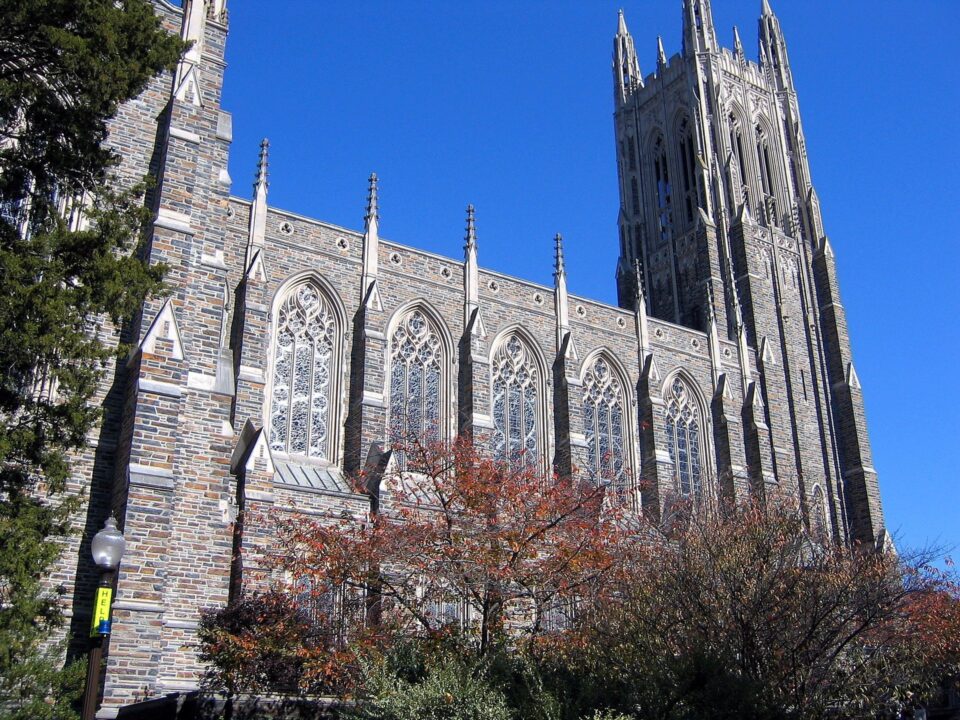BY BRANDIE ERIC, MOONPREP*
Applying early to colleges has always been a strategic move for students aiming to bolster their chances of acceptance. With schools like Duke University accepting just 12.5% of its Early Decision applicants, applying early is by no means a “sure thing.” Nonetheless, it remains a tactic to improve students’ chances, especially considering Duke’s anticipated regular decision acceptance rate is 4.5% for the Class of 2028, with early decision applicants claiming about half of the available seats.
Since the pandemic, Moon Prep counselors have seen huge changes in the policies of schools, including new test-optional policies and the reversal of race-based admissions, which have turned the college admissions world on its head. Here are some of the notable changes from this past cycle.
Continued Surge in Application Numbers
In the past few years, students have submitted more applications through the Common App than ever before, with the total application volume to Common App schools increasing by 65% since 2019-20. Consequently, many schools have a lower early acceptance rate than previous years, with Yale University experiencing its lowest acceptance rate (9.02%) in the last 20 years.
It’s not just highly competitive schools that are seeing an increase in applications. Florida State University saw a 28% increase in Early Action applications and University of Georgia had a 3.5% increase in Early Action applications. Additionally, the University of Tennessee received 49,248 early applications, which was 10,774 more than the 2022-23 application cycle, marking their most competitive pool yet.
Test-Optional Remains Popular
While Yale University, Dartmouth College and Brown University will require at least some form of a standardized test, applicants still love the option of going test-optional. More than 415,000 applicants on the Common App (roughly half of total applicants) didn’t report a score this year, an almost 20% increase from last year. For Boston University, only 42% of its ED 1 and ED 2 wanted their test scores to be considered.
Emory University, Princeton University, University of Pennsylvania, Harvard University and Carleton College, just to name a few, have already announced that they will remain test-optional through at least the 2025 application cycle.
More Diversity of Applications
Another ongoing trend that continued from last year is the increased diversity of applicants. Since 2019-2020, the number of applicants identifying as an underrepresented minority increased by 67%. First-generation students also increased at the same rate.
While the proportion of underrepresented minority status (URM) applicants remains relatively small, this demographic has been growing steadily at a pace of 67% since 2019-20. The rate of growth of American Indian or Alaska Native (86%) and Black or African American (70%) applicants has been the most significant.
In response to the reversal of race-based admissions, some universities have updated which essays they require. This year, Northwestern University’s prompt said: “We want to be sure we’re considering your application in the context of your personal experiences: What aspects of your background, your identity, or your school, community, and/or household settings have most shaped how you see yourself engaging in Northwestern’s community, be it academically, extracurricularly, culturally, politically, socially, or otherwise?”
Essays like this gave students the opportunity to highlight their unique backgrounds and experiences and helped colleges maintain a diverse class.
Deferrals and Waitlists Continue To Grow
Another impact the pandemic had on college admissions was the use of waitlists. Due to uncertainty surrounding enrollment numbers and increasing application numbers at top universities, many colleges started to use a waitlist or defer students more heavily. For example, of the roughly 41,000 early action applicants who applied to the University of Southern California this year, more than 38,000 were deferred to regular admissions.
Florida Atlantic University, for the first time, implemented a waitlist and anticipates sending final decisions to students by May 31.
Final Thoughts
As the college admissions landscape continues to evolve, students should be doing their research and looking at past admission trends to decide if applying early is the right fit for them.
Cover photo credit: Discover Durham
*Brandie is a College Counselor & Outreach Coordinator at MoonPrep.





